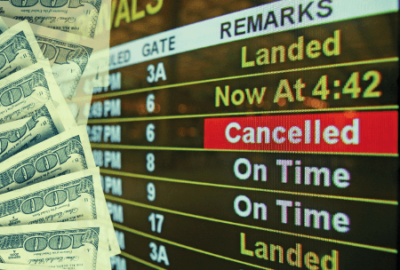Per diem lodging rates remain unchanged for 2022, but meals, expenses see slight boost
As vaccine rates rise and more feds get sent out on official business, they'll find that not much has changed about their reimbursable travel allowances.
The federal government, like most of the rest of the country, is slowly easing back into travel. As vaccine rates rise and more feds get sent out on official business, they’ll find that they have a few more dollars each day to spend on food.
The base daily traveling allowances will rise slightly from $151 per day in 2021 to $155 per day in 2022. Per diem lodging rates will not change in 2022, remaining at $96 per night. Meals and incidental expenses (M&IE), on the other hand, will see a slight boost to a range of $59-$79 (up from $55-76).
Much of the United States — about 2,600 counties — are covered by the standard Continental United States (CONUS) per diem rates. There are, however, 319 non-standard areas (NSAs), which have higher per diem rates than the standard CONUS allowance. The list of NSAs will remain unchanged for 2022. Federal employees can check their intended travel locations on GSA’s website to determine if they’re traveling to a NSA, and if so, what their rates will be. GSA also offers M&IE breakdowns based on rates for both standard areas and NSAs.
Per diem rates are based on average daily rate (ADR) data from the lodging industry. By law, the General Services Administration sets these rates annually. But while the ADR declined sharply due to COVID restrictions, GSA decided to freeze lodging rates at 2021 levels.
It’s up to GSA to establish per diem rates for CONUS, which includes the 48 contiguous states and the District of Columbia. The Defense Department sets per diem rates for Alaska, Hawaii and the U.S. territories, while the State Department handles foreign rates.
Copyright © 2024 Federal News Network. All rights reserved. This website is not intended for users located within the European Economic Area.
Daisy Thornton is Federal News Network’s digital managing editor. In addition to her editing responsibilities, she covers federal management, workforce and technology issues. She is also the commentary editor; email her your letters to the editor and pitches for contributed bylines.
Follow @dthorntonWFED






